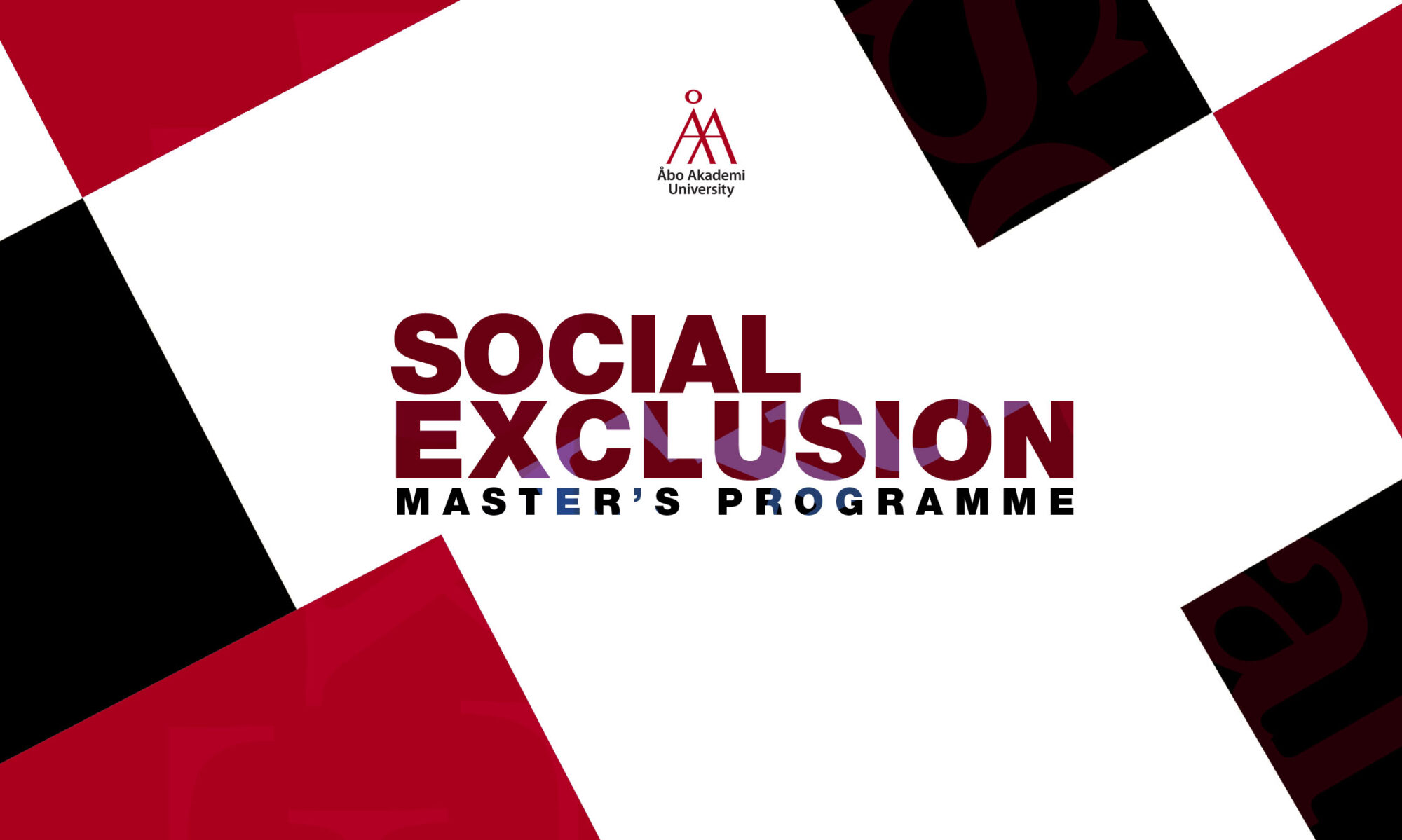Structure of the Programme (2024-2026)
The Master’s Degree Programme in Social Exclusion offers two pathways to Master’s education, the Master of Arts or Master of Theology. Keep in mind, however, that the Master of Theology requires applicants to have a background in the study of religion, theology, or similar.
Whilst both options can be applied to, admission is awarded only to one option. For example, if you were to apply to both the Master of Arts and the Master of Theology, admission will be awarded on the basis of only one of these two options for Master’s studies. That is to reiterate, you can apply for both options but can only be accepted into one.
The structure of Master’s of Arts studies consists of 120 ECTS (or credits) to be completed over two years. They are broken down as follows:
- Mandatory Courses: 70 ECTS
- Subject Perspective: 10 ECTS
- Elective Studies: 10 ECTS
- Master’s Thesis: 30 ECTS
Over the two years, students will be exposed to the phenomenon of Social Exclusion from the perspective of the four key areas. More on the subject perspective can be found in this section. The structure for being admitted to the program Master of Theology looks fairly similar to the one of the Master of Arts, the only thing that differs is that the 10 ECTS of free courses should be a selective course within the Theology Department.
The programme’s current structure can be found here for, the Master of Arts and here for the Master of Theology.
At the end of the first year, students will be asked to submit their preliminary thoughts on a thesis topic which will help to determine supervision for their theses in the second year. Please note that the thesis topic can be changed in the future, and will be developed further during the second-year thesis seminar.
For more information, kindly visit the ÅAU’s internal website. You might also find it useful to check out the instruction videos on how to use Peppi or ÅAU’s tool to help you organize your studies, register for courses, book rooms, and see your degree structure.

